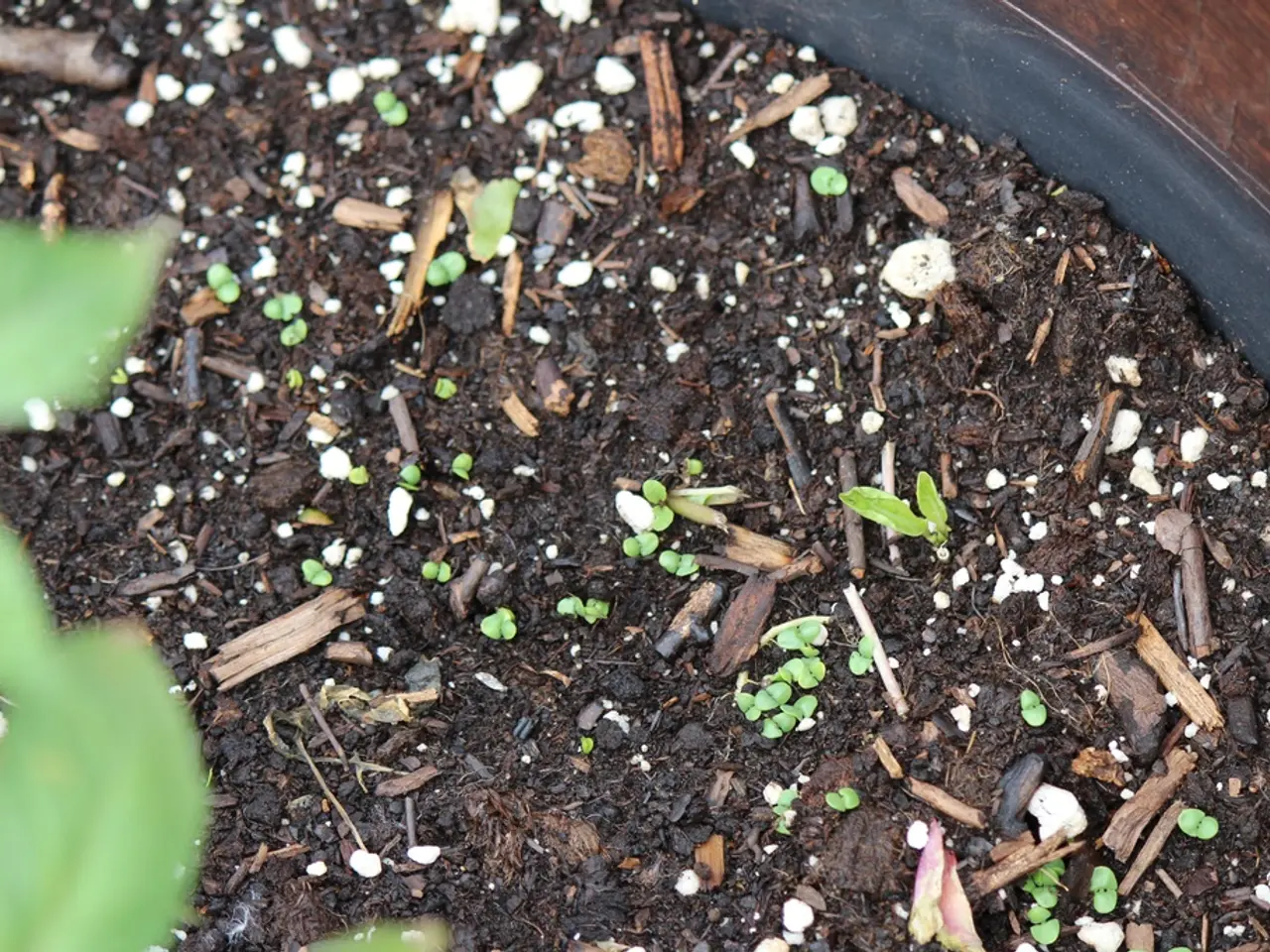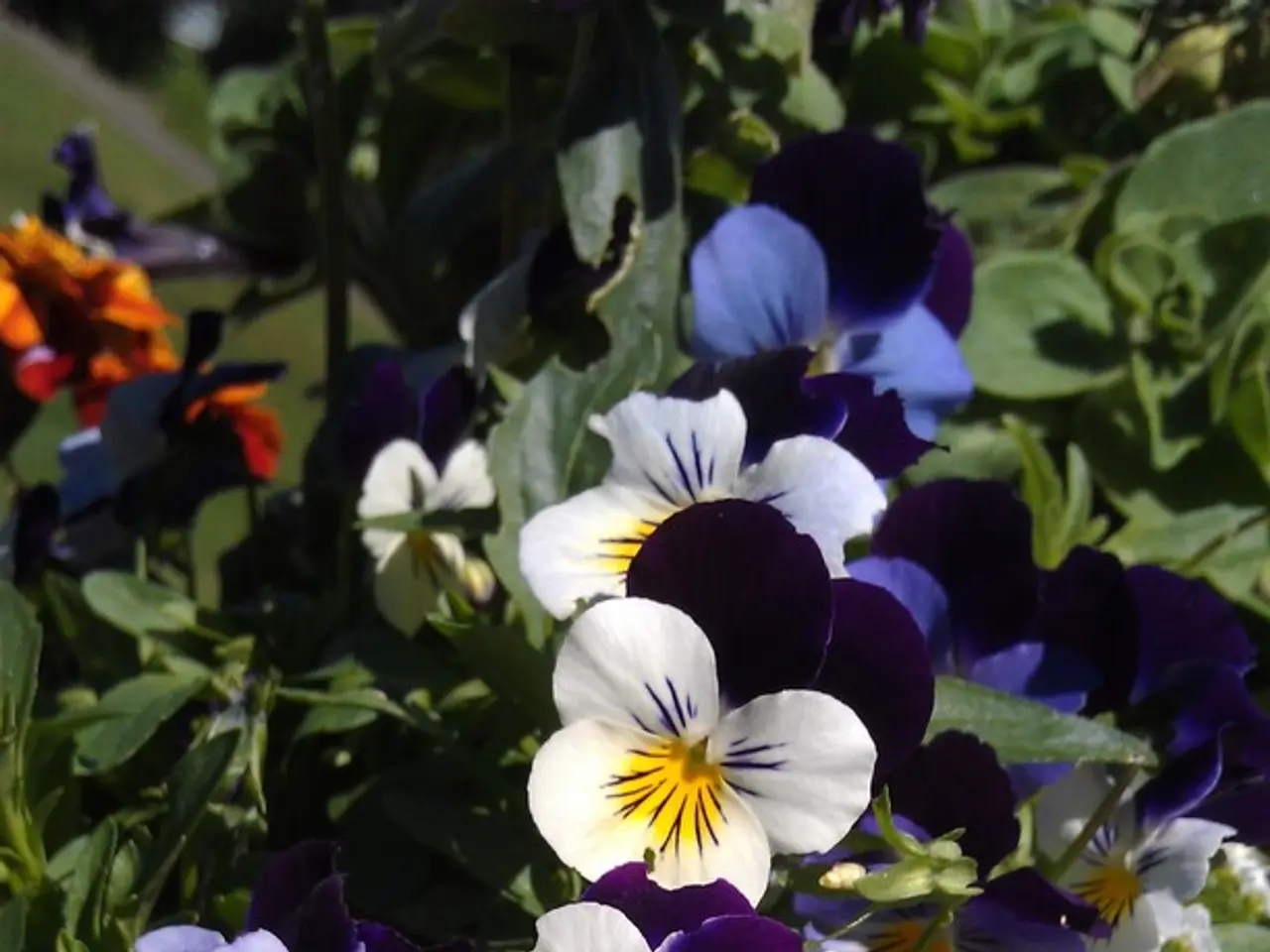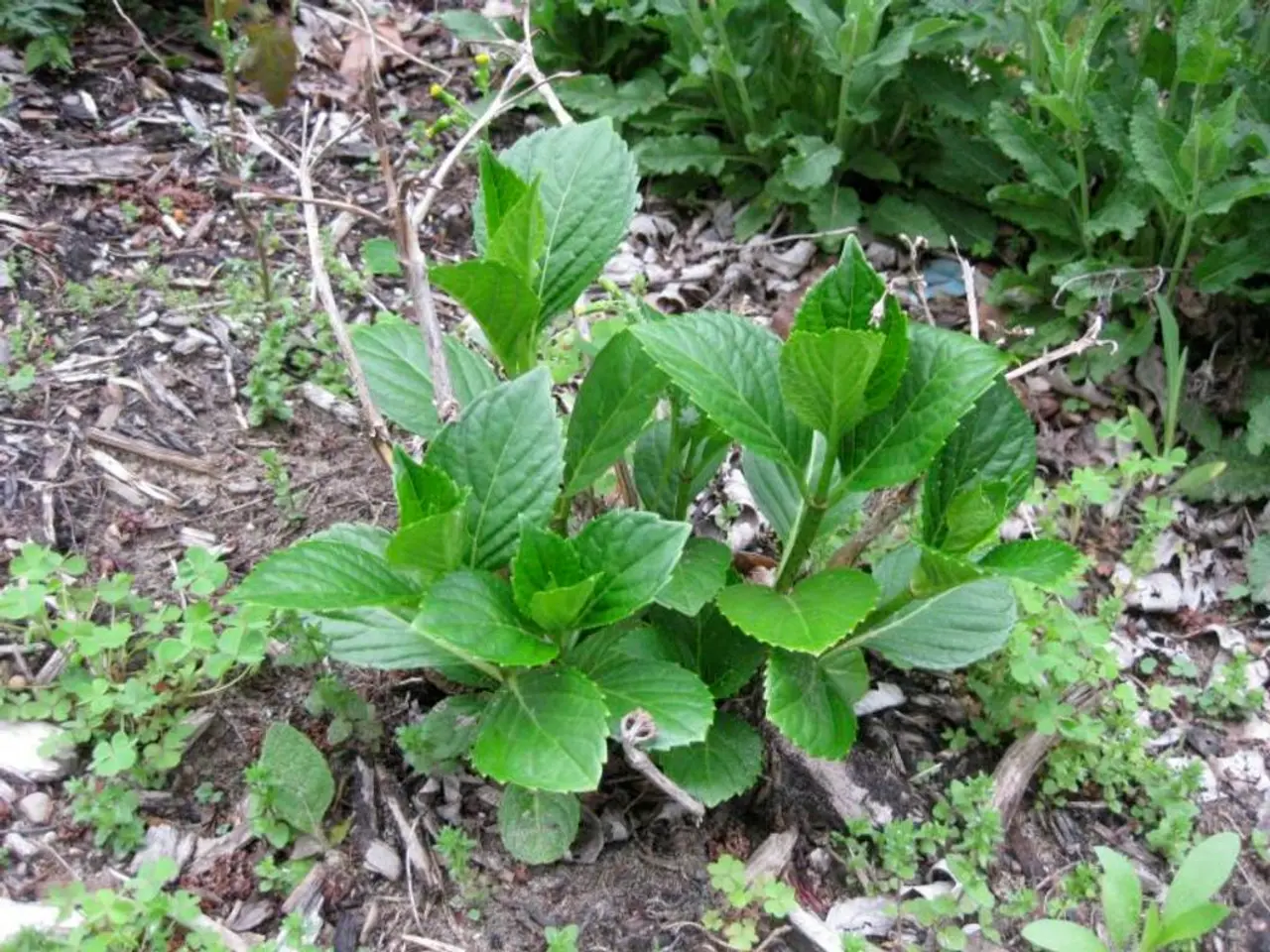Methods for Lowering Soil pH Levels - Top Techniques to Acidify the Ground
In the world of gardening, understanding soil pH is crucial for the growth and health of plants. Senior Editor Liz Baessler brings us this guide, with expert insights from horticulturist Teo Spengler.
First, it's essential to know that soil with a pH score over 7 is alkaline, while soil with a pH less than 7 is considered acidic. A neutral pH is 7. The pH of soil ranges from 0 to 14.
Some plants thrive in acidic soil, while others require alkaline conditions. For plants that prefer acidic soil, such as blueberries, rhododendrons, azaleas, magnolias, spruce trees, Japanese pachysandra, dogwood, bleeding hearts, roses, holly, and hydrangea, it's important to ensure their soil is acidic for optimal growth.
When soil is slightly too alkaline, distortions may occur in acid-loving plants, such as small, yellow leaves with bright green veins. To address this issue, Teo Spengler recommends effective and sustainable methods to lower soil pH and make it more acidic.
One of the most effective methods is applying elemental sulfur, also known as garden sulfur. Sulfur is converted by soil bacteria into sulfuric acid, which gradually lowers pH over several months. It's best applied in spring or autumn to allow time for this process.
Incorporating organic matter, such as pine needles, composted leaves, peat-free ericaceous compost, or coffee grounds, can also acidify soil slowly over time through the release of organic acids during decomposition. This not only lowers pH but also improves soil health and nutrient availability.
Ammonium-based fertilizers, like ammonium sulfate, can help reduce soil pH while simultaneously supplying essential nutrients. However, it's important to note that materials like lime or wood ash actually raise soil pH and are therefore used to reduce acidity rather than increase it.
For sustainable soil acidification, combining elemental sulfur applications with continuous additions of acidifying organic matter is advisable. Sulfur offers a relatively slow but effective pH reduction, minimizing the risk of over-acidification, while organic matter maintains acidity in the longer term and enhances soil quality. It's critical to monitor soil pH regularly and avoid excessive additions that could cause nutrient imbalances or harm plants.
Modifying soil pH must be done before planting and is a slow process. To test soil pH, collect a soil sample from a dozen locations across the area, mix them together, and remove roots and rocks. Then, take the sample to a local university laboratory for a soil test.
Teo Spengler, a master gardener and docent at the San Francisco Botanical Garden, also suggests that compost, especially when made from high-acid materials, can help lower soil pH when mixed with gritty material.
Lastly, it's worth mentioning that high pH levels can lead to iron deficiency in plants. Therefore, maintaining the correct pH level is crucial for the health and growth of acid-loving plants.
Teo Spengler currently splits her life between San Francisco and the French Basque Country, where she continues to study and write about nature, trees, plants, and gardening. Her insights provide valuable advice for gardeners aiming to create the perfect environment for their acid-loving plants.
- To enhance the growth and health of acid-loving plants like blueberries, rhododendrons, and azaleas, it's crucial to maintain an acidic soil environment.
- For a sustainable approach to lower soil pH, consider combining regular applications of elemental sulfur with the continuous addition of acidifying organic matter such as pine needles, compost, or coffee grounds.




